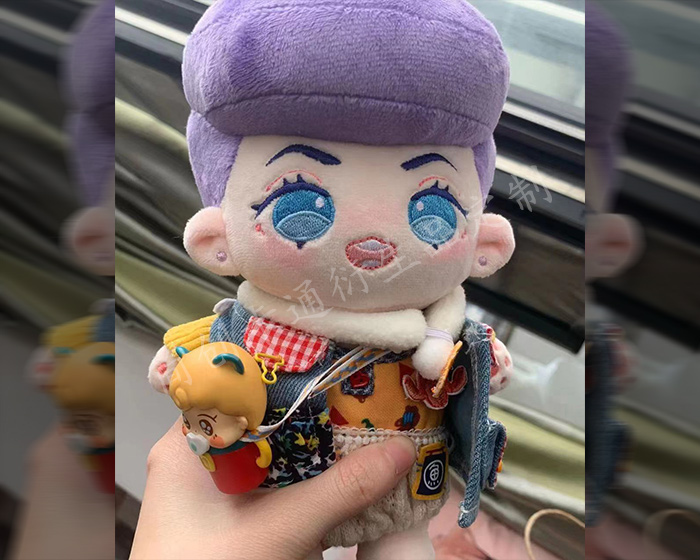toring stuffed animals properly ensures they remain in good condition, free from dust, pests, and damage. Here are some effective ways to store them:
Clean Before Storing
-
Wash or Clean:
-
Ensure all stuffed animals are clean and dry before storing them to prevent mold and mildew growth.
Storage Options
-
Storage Bins or Boxes:
-
Use plastic storage bins with lids to keep stuffed animals dust-free. Clear bins allow you to see the contents easily.
-
Cardboard boxes can also work, but ensure they are stored in a dry area to avoid moisture damage.
-
Vacuum-Sealed Bags:
-
Vacuum-sealed bags can compress stuffed animals, saving space and keeping them airtight and protected from pests.
-
Shelving Units:
-
Place stuffed animals on shelves in a closet or room. This keeps them accessible and visible, which is great for kids who play with them regularly.
-
Hanging Storage:
-
Use a hanging toy organizer or mesh hammock to store stuffed animals off the floor, making use of vertical space.
-
Toy Chest or Trunk:
-
A toy chest or trunk can be a decorative and functional way to store stuffed animals, keeping them out of sight but easily accessible.
-
Closet Organizers:
-
Use hanging closet organizers or cubby storage units for an organized and tidy storage solution.
Additional Tips
-
Labeling:
-
Label storage bins or boxes to make it easier to find specific stuffed animals when needed.
-
Rotation:
-
If you have a large collection, consider rotating stuffed animals in and out of storage to keep things fresh and interesting for children.
-
Avoid Direct Sunlight:
-
Store stuffed animals in a cool, dry place away from direct sunlight to prevent fading and fabric damage.
-
Pest Prevention:
-
Add cedar blocks or lavender sachets to storage bins to deter pests like moths.
-
Maintain Airflow:
-
If using plastic bins, consider bins with small air holes or leave the lid slightly ajar to allow for some airflow.
The following are some examples of plush toys that our factory customizes for customers. Check out if there is one that you like best.
-
Custom Animal Plush
-
Cute Plush Doll
-
Custom Stuffed Animals
-
Plush Toy
-
Plush Dolls
-
Custom Stuffed Dolls
-
Custom Plush Toy
-
Cotton Dolls
-
Weighted Plush Toys
-
Cute Stuffed Animals
-
Custom Pet Stuffed Animal
-
Warmies Stuffed Animals
-
Weighted Stuffed Animal
-
Soft Toys
-
Plush Stuffed Doll
-
Custom Stuffed Dolls
-
Plush Maker
-
Bear Stuffed Toy
-
Anime Plush
-
Custom Stuffed Animal
-
Anime Plush
-
Custom Plush Toy
-
Personalised Stuffed Animal
-
Plush Animal Toys
-
Custom Plush Makers
-
Custom Plushies
-
Toy Manufacturer
-
Rag Doll Making
-
Custom Toys
-
Dog Plush Toys
-
Custom Rag Doll
-
Stuffed Animals
-
Custom Plush
-
Custom Plush Dolls
-
20cm Cotton Doll
-
Jojo Plush
-
Custom Doll
-
Jojo Doll
-
Large Plush Toys
-
15cm Cotton Doll
-
Dumpling Plush
-
Cotton Doll


























